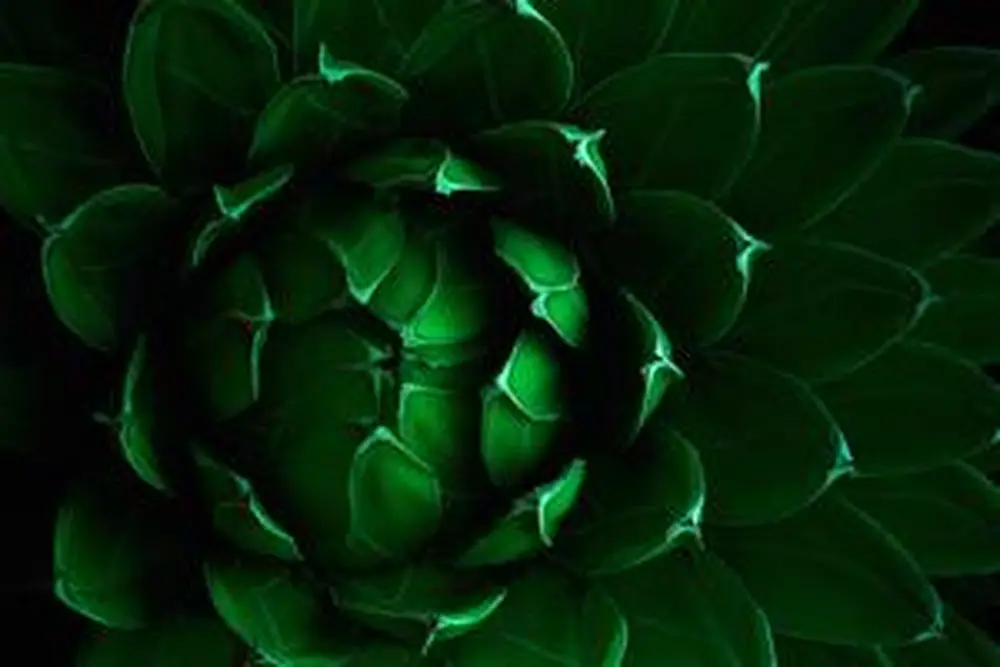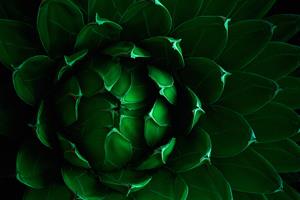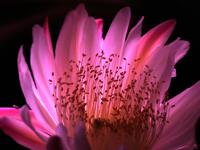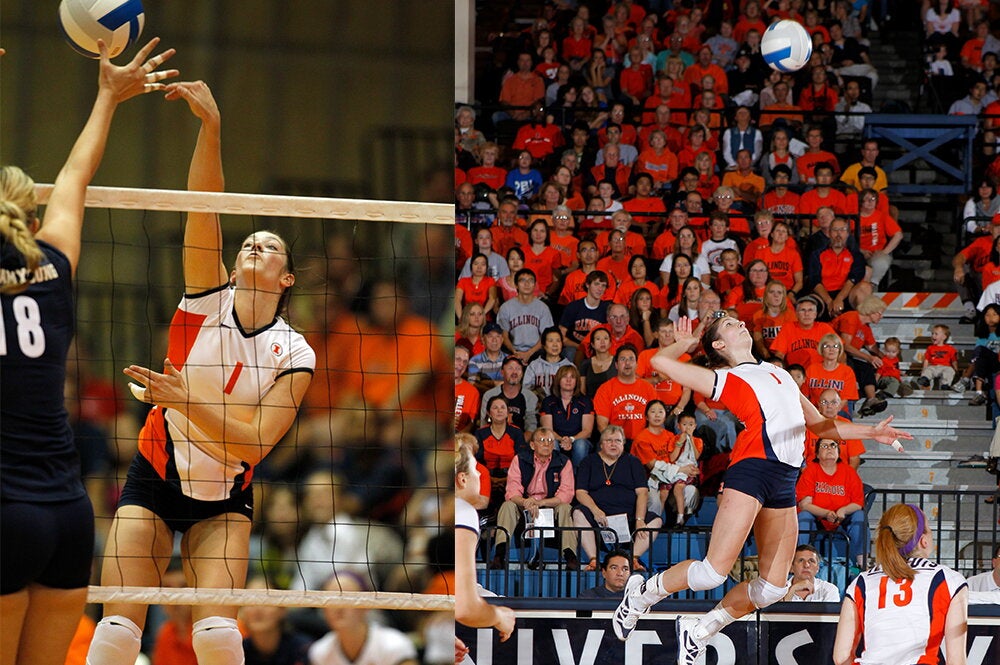

Serious photographers spend countless waking hours thinking about light. Nancy Crase, however, had one of her more successful ideas during sleeping hours as she stood in her backyard in her pajamas puzzling over how to photograph desert flowers at night.
Crase (BS ’69, microbiology), a freelance photographer and stringer for the New York Times who lives in Phoenix, Ariz., was intrigued by the eccentric night-blooming cereus, which blooms at night and wilts at daybreak. Strong beams from her flashlight on the flower’s white petals, however, were washing out the picture.
“So I’m standing there, it’s 1 o’clock in the morning, I’m in my pajamas, and I’m thinking, ‘What do I have that’s just a tiny bit of light?’” Crase recalls, of that evening two years ago. “I thought, ‘Fine, I’ll just use my cell phone.’ It was one of those clamshell cell phones, I just opened it up, and it had a blue light on it. So I just used that, and it turned out well.”
“Light painting” an object for night photography is nothing new, but her idea of using a mobile phone as the light source was, and her discovery blossomed as she tweaked the technique. The idea received attention after she purchased an iPhone and the myLite application, which turns the phone screen into a solid sheet of light.
“I thought, ‘Holy cow, this just makes it wide open,” Crase recalls. “Not only is it a nice low-powered light, but I can change colors.”

Using a digital camera set at a light sensitivity of about ISO 200 (typically good for overcast days), along with adjusting the camera’s shutter speed, Crase illuminated flowers by iPhone and produced arresting images in a variety of colors without any help from graphics editing programs such as Photoshop. A couple of her more popular photos show the tight petals of an Agave victoriae-reginae in both green light and blue light.
In March, her iPhone technique was highlighted in Arizona Highways Magazine, which features scenic desert photography.
Her experiments with light and cameras continue (one of her more creepy findings is that scorpions reflect ultraviolet light—a finding she has little urge to explore), and she’s excited to apply new technology to her field.
“The beauty of this technique is not just the possibilities of what you get, but it’s the understanding of what light is,” Crase says. “Most photographers think of light as being your strobe on your camera, or sunlight, or at best maybe ambient light in a room. But they rarely think of light that’s emitting from various other things. I’ve even used an LED light on my keychain that’s used to find little keyholes. You can use anything, and once you understand that, you can start looking at different means of lighting things and also different kinds of light.”


